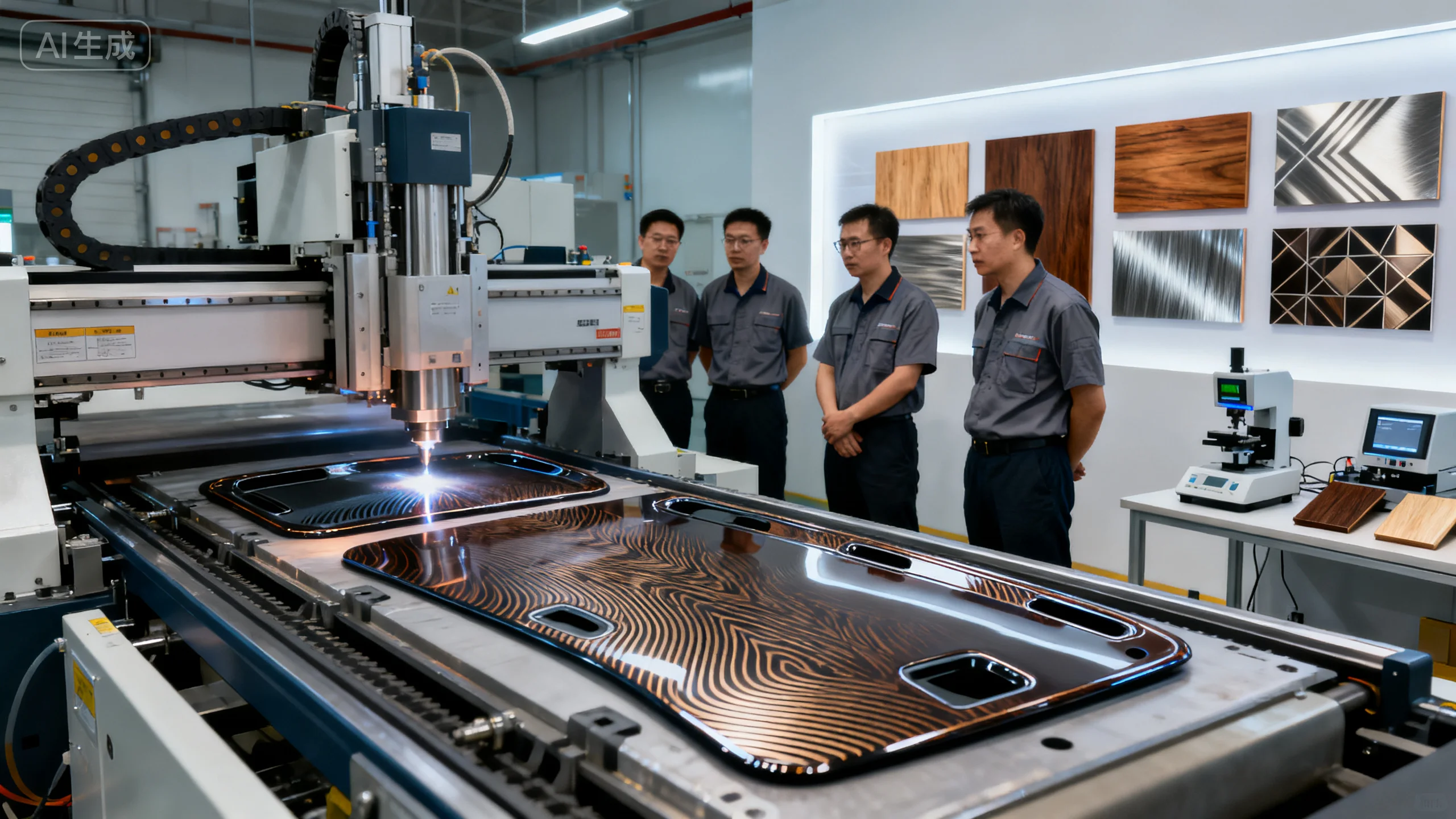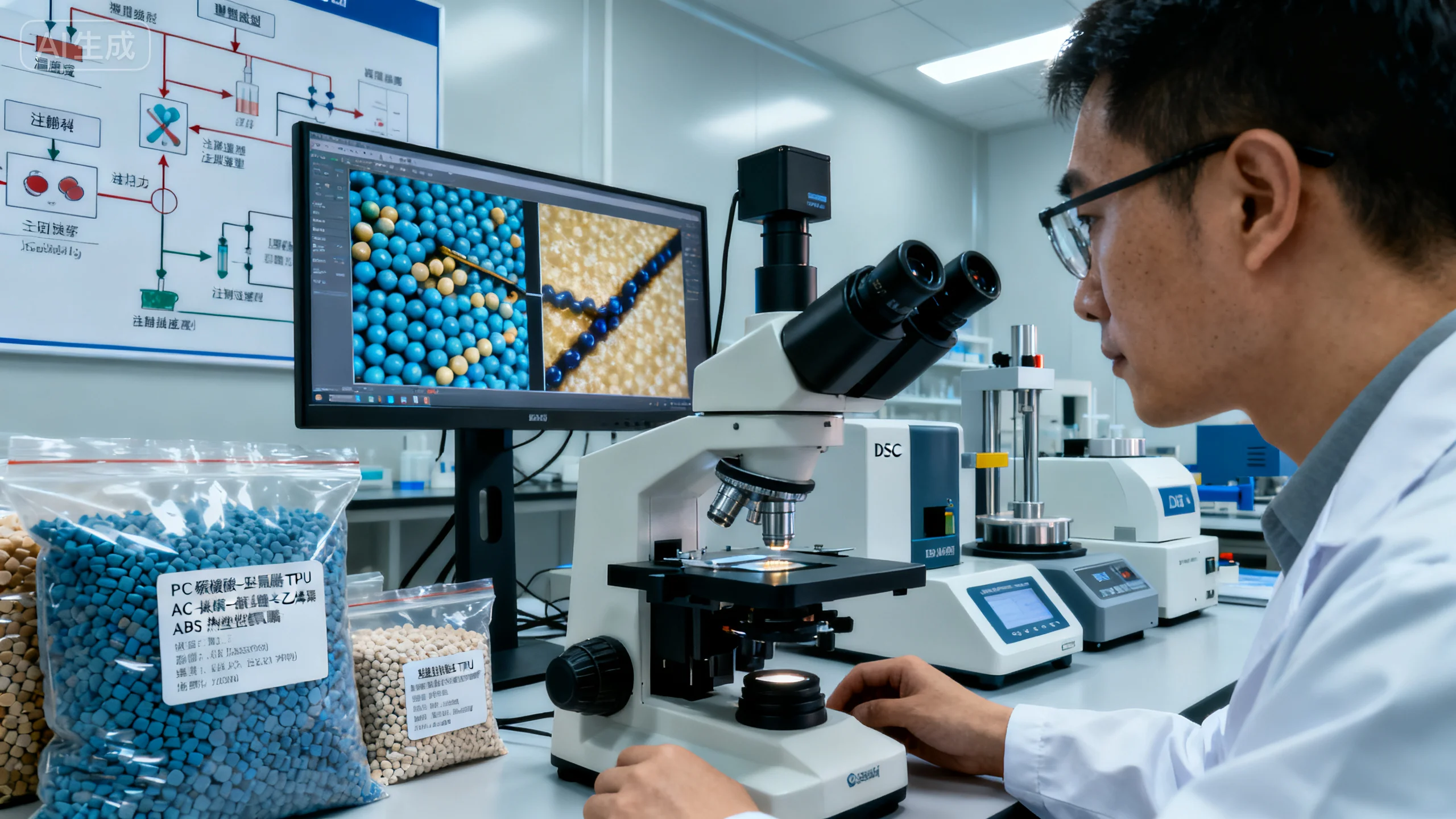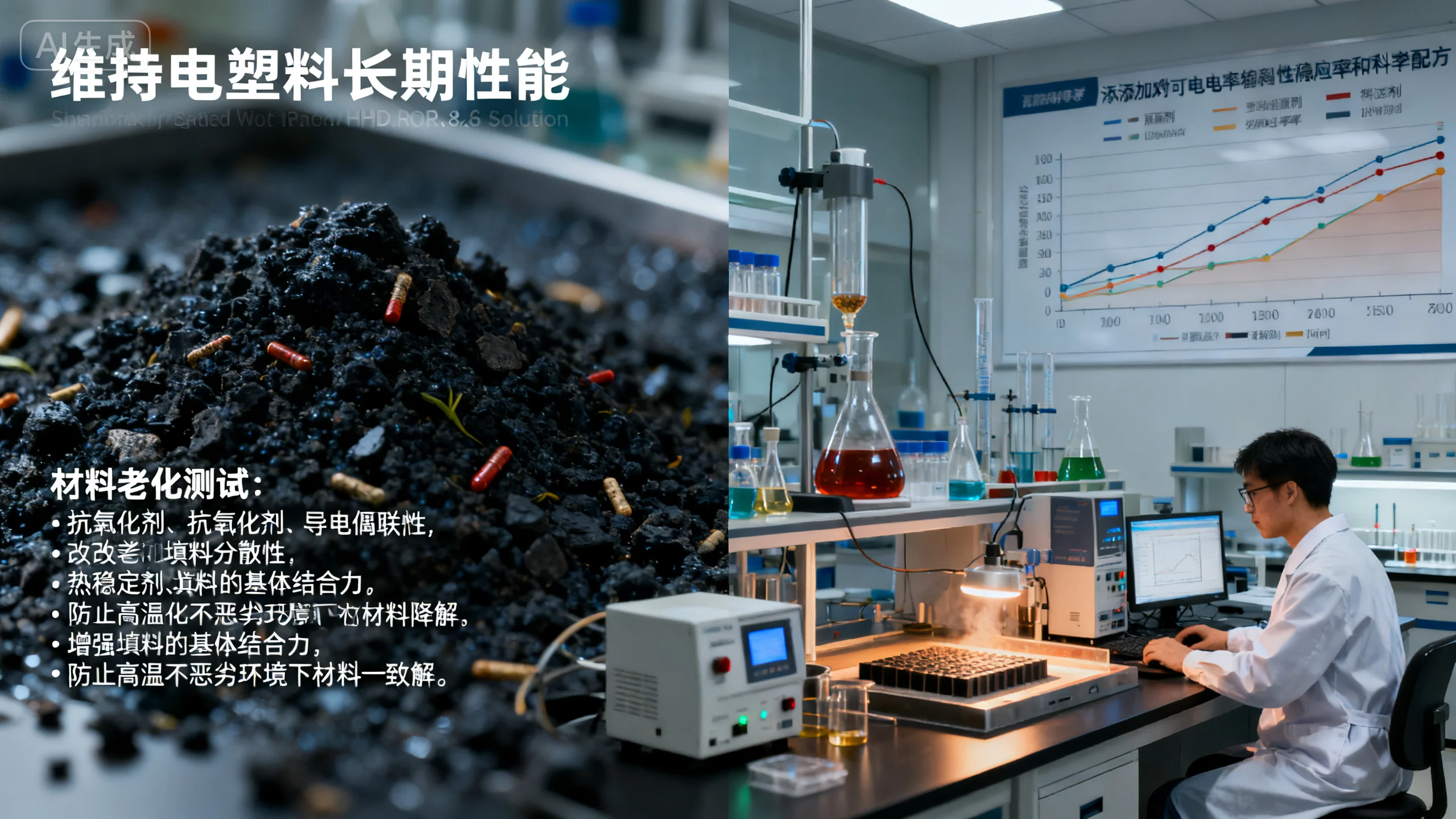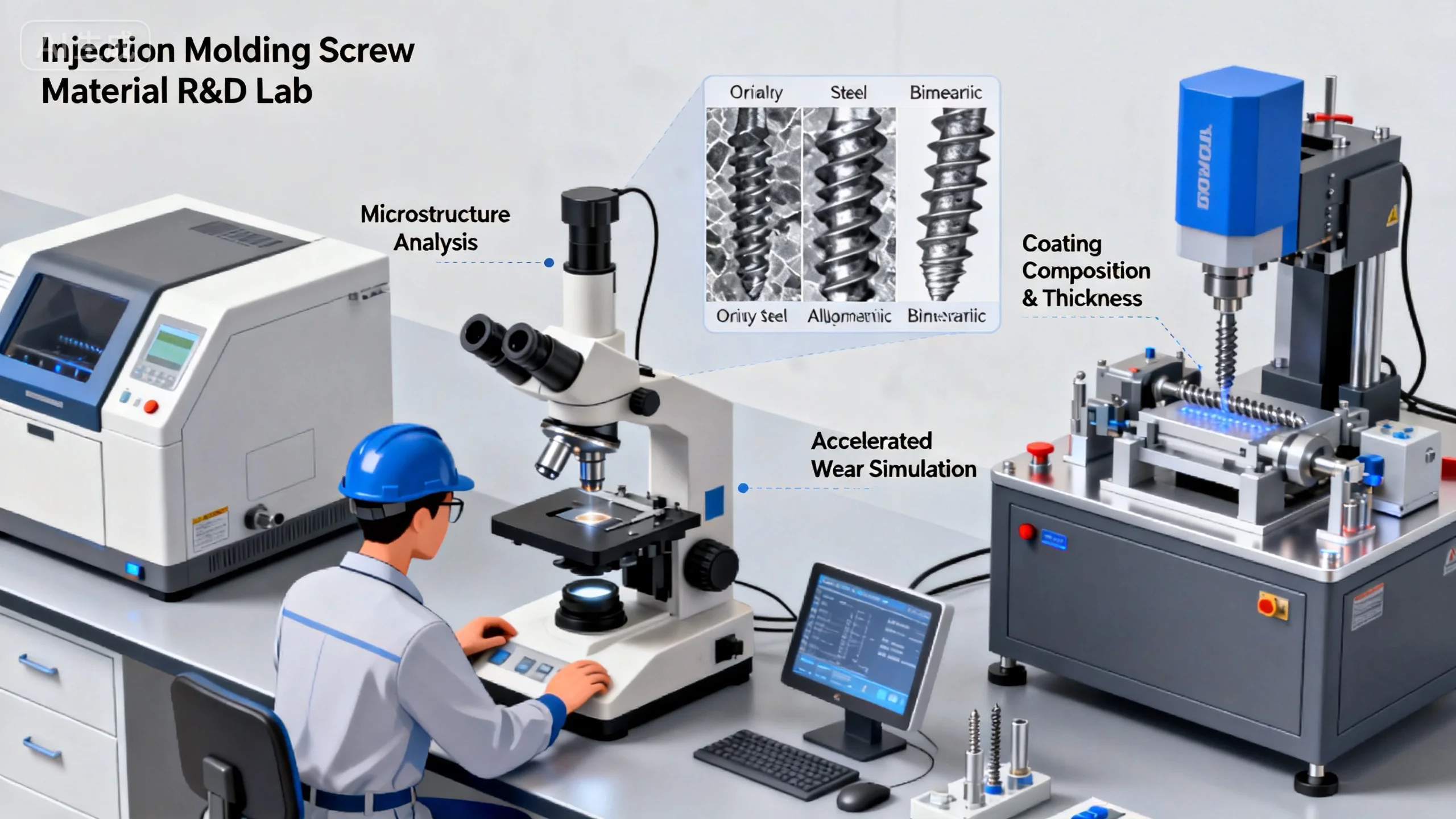Introduction
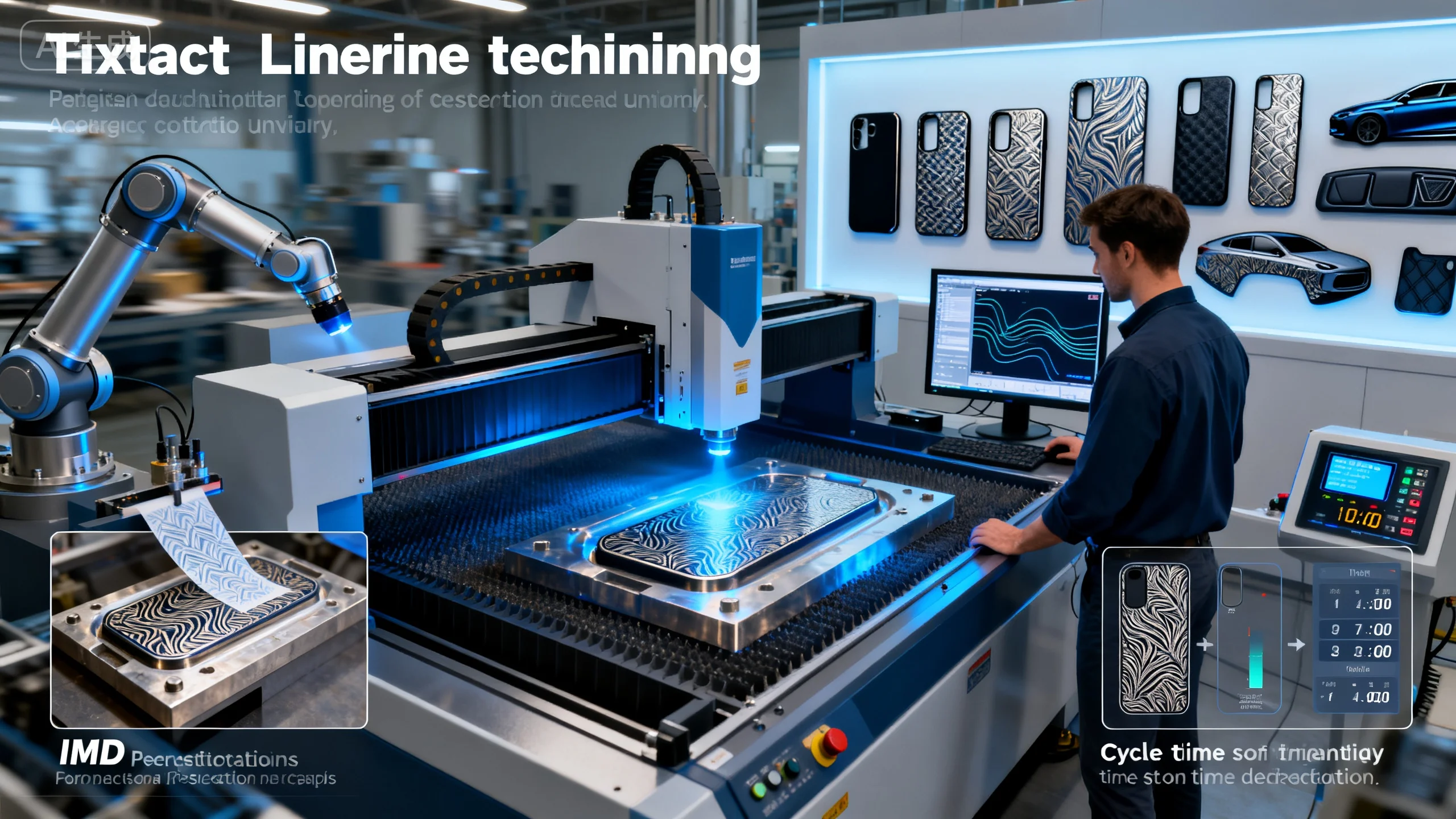
The integration of etching technology with In-Mold Decoration (IMD) has become a defining trend in modern plastic surface finishing. This process not only provides unique visual depth but also achieves both decorative and wear-resistant performance. In high-end electronics and automotive interiors, this combined process is becoming a core differentiator for premium manufacturers.
By embedding etched textures directly into the mold surface and combining them with IMD film transfer, manufacturers can significantly improve product precision and visual consistency. This innovation allows designers to achieve high-end finishes during molding without relying on traditional painting or printing.
How Can Etching Achieve Integrated In-Mold Decoration?
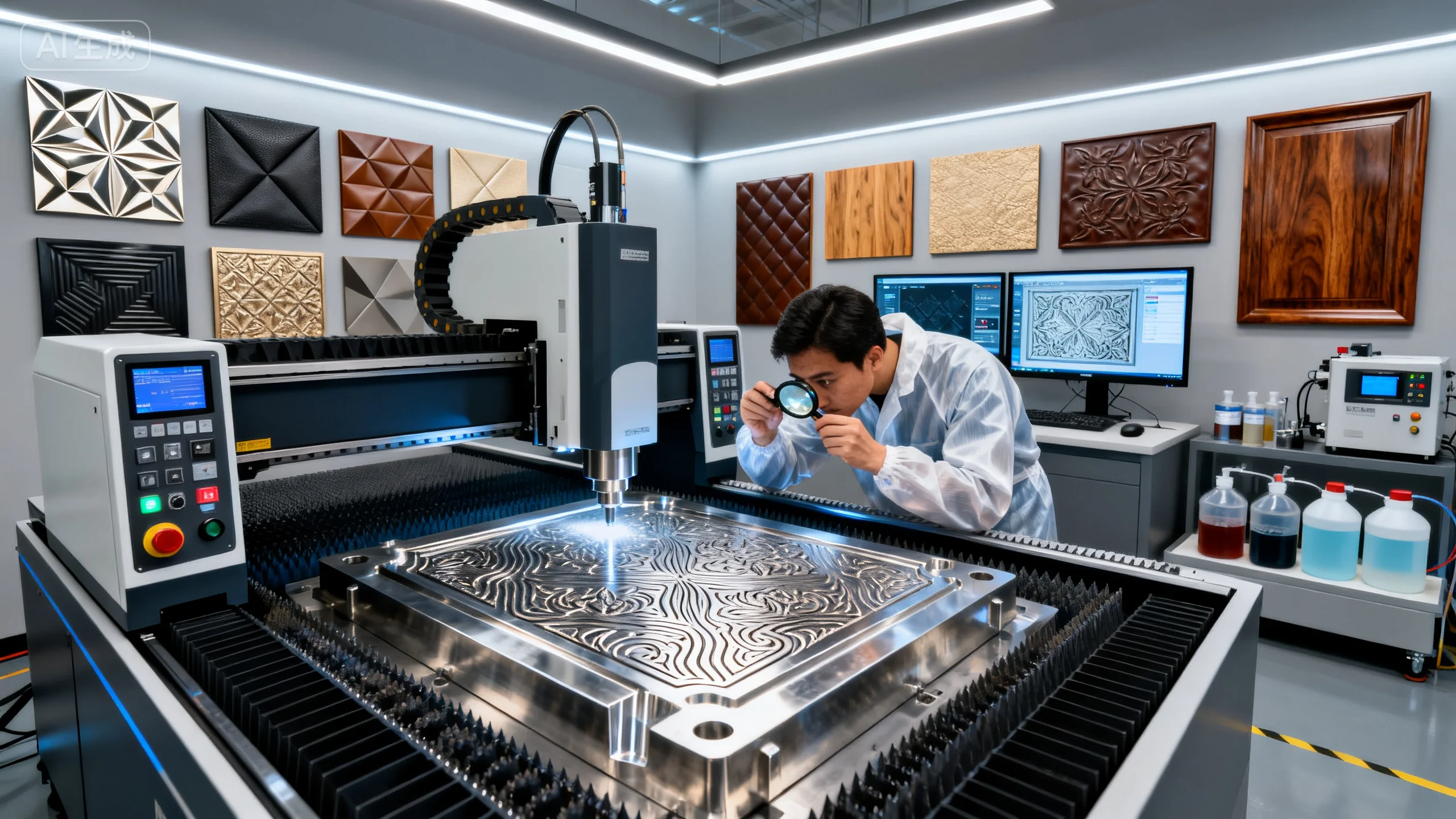
Etched molds create microtextures using laser or chemical processes, which are then transferred to the part surface through IMD films during injection molding. This approach combines creative freedom with industrial repeatability, enabling next-level decorative performance.
- Laser Etching Process: Precisely controls beam paths to produce micron-level textures.
- Chemical Etching Application: Uses controlled corrosion depth for clean and detailed patterns.
- Synchronized IMD Decoration: Aligns film and texture simultaneously in-mold.
- Cycle Time Efficiency: Etching and IMD occur in one mold cycle, reducing secondary processing.
😊 This integrated method shortens the production chain and enhances decorative uniformity.
How to Control Alignment Between Etched Textures and IMD Films?
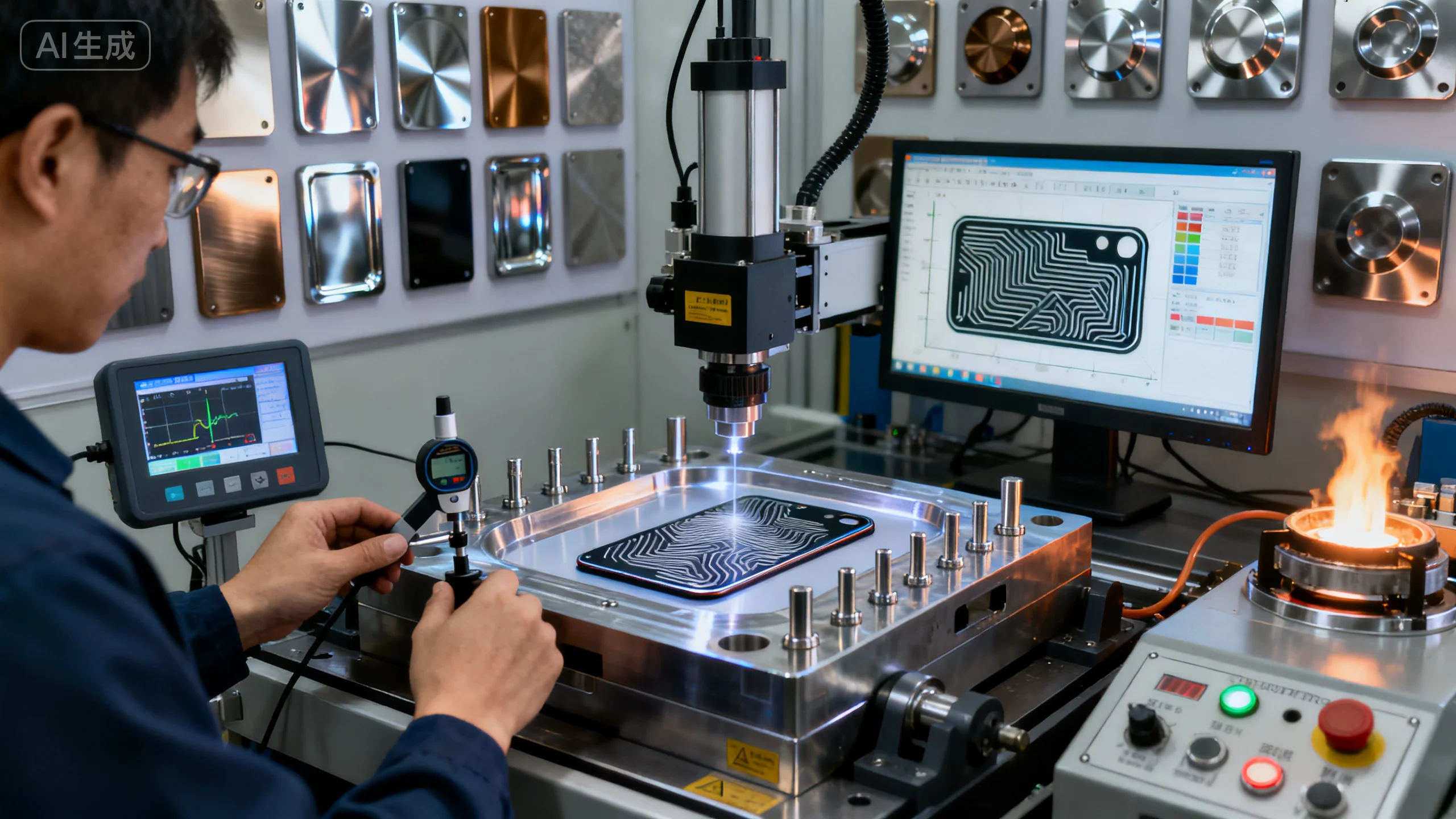
During IMD, alignment accuracy between textures and printed patterns is crucial. Precision dowels and optical detection systems ensure ±0.1mm alignment accuracy. This high precision guarantees perfect synchronization between etched textures and printed graphics.
- Film Positioning Technology: Mechanical positioning with vacuum adsorption prevents film displacement.
- Texture Depth Control: Limits etching depth to maintain consistent surface quality.
- Thermal Compensation: Adjusts for film expansion during heating.
- Mold Surface Optimization: Polished or chrome-plated finishes minimize reflection distortions.
🎯 Accurate alignment is the foundation for premium IMD surface quality.
How to Evaluate the Mass Production Feasibility of Etching + IMD?
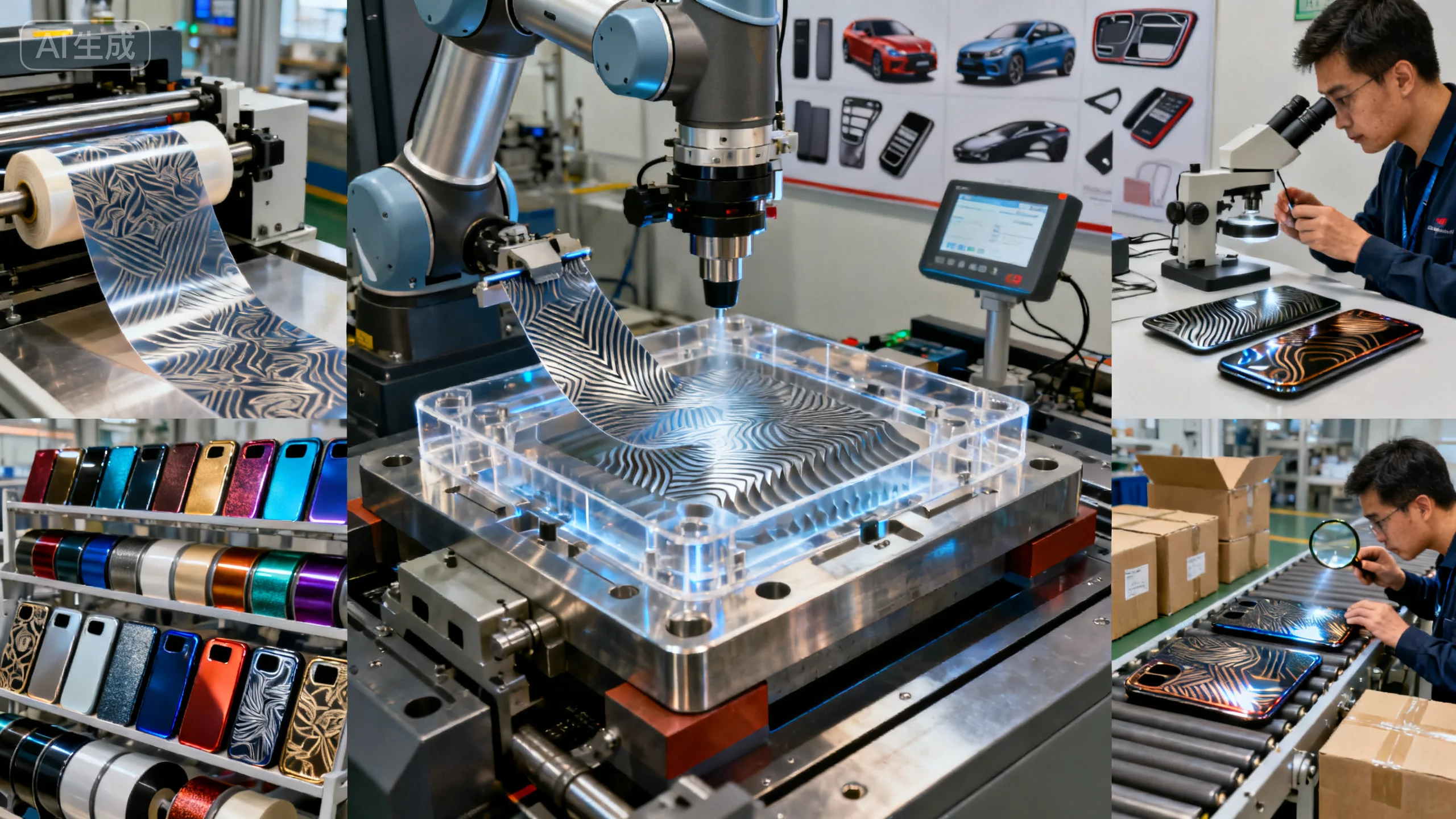
For mass production, process stability and mold durability are key metrics. Verification includes mold cycle testing, film heat resistance, and adhesion strength analysis. These measures ensure every production batch achieves consistent decorative quality.
- Thermal Resistance Testing: Evaluates IMD film performance under high-temperature molding.
- Mold Life Analysis: Measures wear resistance of etched surfaces over cycles.
- Surface Consistency Scanning: 3D scans confirm uniform texture replication.
- Production Cost Optimization: Integrated process reduces multi-step expenses.
💡 Validation ensures seamless transition from design to mass manufacturing.
Comparison Table of Etching + IMD Performance
| Process Type | Visual Effect | Wear Resistance | Cost Efficiency | Mass Production Stability |
|---|---|---|---|---|
| Traditional Painting | Average | Medium | High | Low |
| Surface Printing | Good | Moderate | Medium | Moderate |
| In-Mold Decoration | Excellent | High | Medium | High |
| Etching + IMD | Superior | Very High | Medium | Very High |
➡ Define premium aesthetics from the surface up — contact us
Applications and Commercial Expansion
The combination of etching and IMD is now widely applied in electronic casings, automotive consoles, and home appliance panels. It not only fulfills design aesthetics but also enhances durability and brand recognition. Through this integration, manufacturers can achieve both efficiency and customization in large-scale production.
1.Automotive Interiors: Creates premium textures and tactile surfaces.
2.Smart Device Housings: Improves appearance and scratch resistance.
3.Appliance Control Panels: Integrates light, texture, and graphics seamlessly.
4.Brand Custom Components: Reinforces brand identity with exclusive patterns.
Conclusion
The fusion of etching technology and IMD not only transforms visual expression but also optimizes production workflows. It bridges design creativity with industrial precision, marking a breakthrough in injection molding innovation.This hybrid process empowers manufacturers to move toward high-value, stable, and visually distinct production models—shaping the next generation of product design.
For expert assistance in implementing for your production needs, visit our resource center or contact us. Let’s help you scale up your manufacturing with precision and efficiency!

